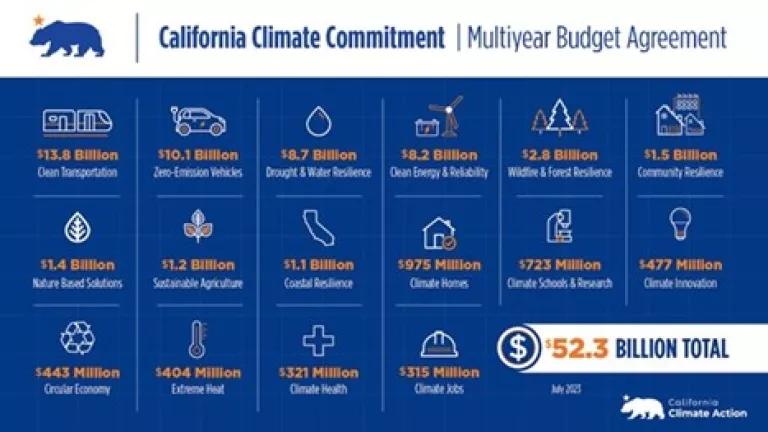Key Milestone for California Offshore Wind Development
The Bureau of Ocean Energy Management (BOEM) just finished its sale for offshore wind energy leases in federal waters off the California coast.

Overlooking Morro Bay - one of the regions slated for offshore wind development.
On December 7, 2022, the Bureau of Ocean Energy Management (BOEM) finished its sale for offshore wind energy leases in federal waters off the California coast.
BOEM’s sale is a key milestone for wind development – it is the first-ever sale for wind leases on the West Coast. Based on the results of the sale – BOEM sold all five leases in Morro and Humboldt Bays, for a total of $757.1 million – developers are committed to advancing offshore wind development in the state, even with the additional challenges posed by the floating offshore wind platforms required in West Coast waters.
This interest bodes well for the transition to renewable energy and could bring many rewards to the Golden State. Offshore wind energy is a crucial part of the clean energy mix – according to California state agencies, the state needs to generate 10 gigawatts (GW) of offshore wind by 2045, in order to meet the state’s zero-carbon energy goals. Wind also promises to bring additional jobs and cleaner air to communities near wind developments.
As we look forward to the next phases of wind development, we urge regulators and developers to ensure that the resource is responsibly developed. The waters off the California coast support an array of marine life, including protected whales and seabirds, provide fertile commercial fishing grounds, and are important for Indigenous peoples.
Like any type of ocean industry, offshore wind poses risks to the environment and it’s important to launch the new offshore wind industry in a smart way that protects our valuable and vulnerable ocean life. While floating offshore wind platforms have benefits over noisy pile-driven fixed foundation platforms, they do require an extensive network of underwater mooring and cable systems that could snare marine debris like lost fishing gear. This kind of debris can entangle and harm whales, dolphins, turtles, fish, and diving seabirds. Anchors that moor the platforms to the seabed may also pose a risk to benthic habitats. Birds and bats can also collide with wind turbines. The vessels used to survey wind sites, as well as in construction and maintenance of wind arrays, could kill or injure whales and sea turtles if struck. And the extent of these risks and many others remain unknown, as we launch this new technology.
As NRDC and other environmental groups have commented, agencies and developers can help make sure that California’s wind energy is developed responsibly by:
- Ensuring the next phases of wind development include strong conditions to protect wildlife – Once developers complete site assessments, they will draw up construction and operations plans and after receiving approval from BOEM and the California Coastal Commission, will commence construction. BOEM has conditions in place to address impacts from site assessment, but all of these stages of development require strong conditions to protect the ecosystem, including measures to avoid impacts to benthic habitat and reduce vessel strikes; and robust monitoring to track turbine collisions, and other risks from operations. It is particularly critical that BOEM require regular monitoring for and prompt removal of marine debris ensnared on platform lines, cables, or other infrastructure to reduce the potential risk of entanglement of marine life.
- Supporting offshore wind research, robust monitoring, and adaptive management. We need robust monitoring at all stages of wind development and to conduct additional research to address data gaps. New information must be incorporated into existing management measures so that we learn as we go and better protect wildlife.
- Investing in a forward-looking scientific and regulatory framework -- Establishing a coordinating entity – like the Regional Wildlife Science Collaborative on the East Coast – would ensure that federal and state regulators, developers, conservation organizations and other stakeholders develop a unified plan for conducting additional research and collaborate effectively on developing management measures.
Advancing offshore wind development is critical for meeting California’s and the United States’ climate and clean energy goals. And we must ensure that development is done responsibly, to safeguard the vibrant and valuable ecosystem off the California coast. We look forward to working with regulators, developers, and others to build the way forward.




